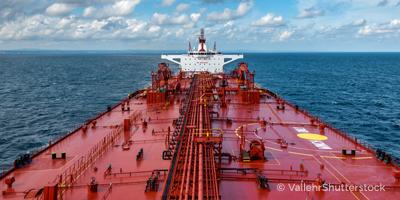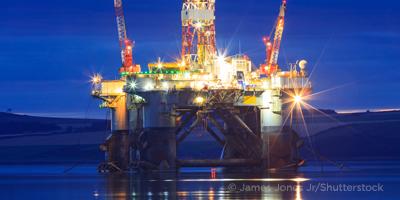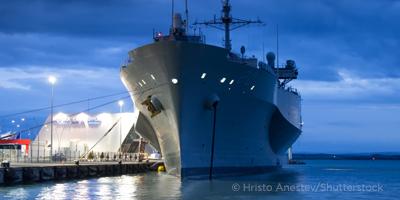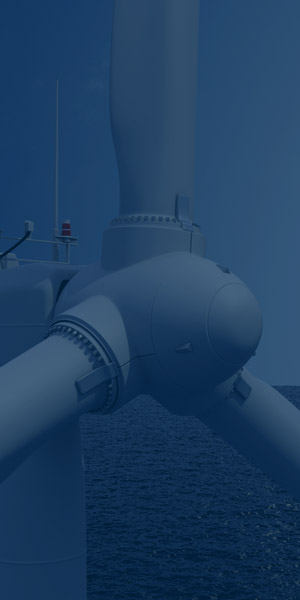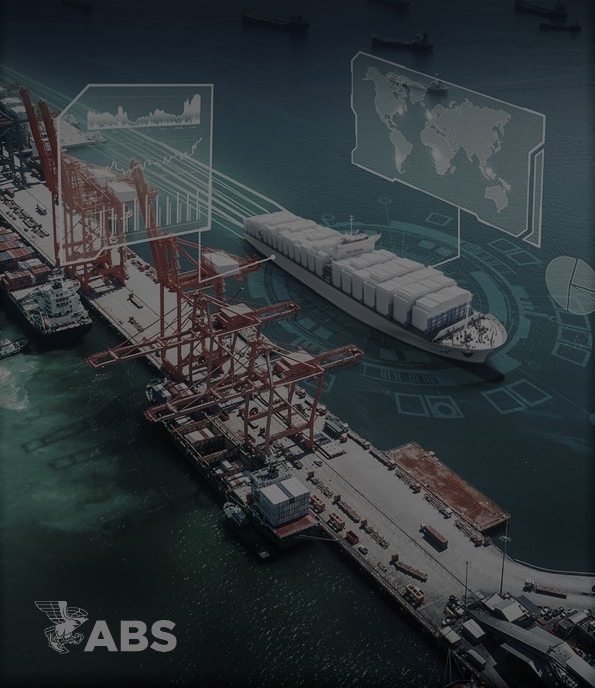Quick Links
FuelEU-FAQS
Are there any additional zero-emission requirements for the energy used at berth? Are there any conditions under which these requirements do not apply?
Yes, from 2035 passenger ships and containerships moored at the quayside in a port of call which is not considered a major EU port (not a Ten-T port), but the quay of that port is equipped with available OPS, the vessel shall connect to that OPS and cover all its electrical power demand at berth.
- The derogations from the requirement to connect to OPS are the following:
- The vessel is moored at the quayside for less than two hours;
- The vessel uses zero-emission technologies to cover their electrical power demand at berth;
- Due to unforeseen circumstances beyond the control of the ship, the ship had to make an unscheduled port of call, for reasons of safety or saving life at sea;
- The vessel is unable to connect to OPS due to unavailability of OPS connection points in that port;
- The vessel is unable to connect to OPS due to high risk of electrical grid stability, due to insufficient available shore-power to satisfy the ship’s required electrical power demand at berth;
- The vessel is unable to connect to OPS due to incompatibility of the shore’s installation at the port with the onboard on-shore power equipment, provided that the installation for shore-connection on board the ship is certified in accordance with the technical specifications set out in Annex II to Regulation (EU) 2023/1804 for the shore-connection systems on seagoing ships;
- The vessel for a limited period of time, requires the use of onboard energy generation, under emergency situations representing immediate risk to life, the ship, or the environment or for other reasons of force majeure;
- The vessel while remaining connected to OPS, for a limited period of time to what is strictly necessary, requires the use of onboard energy generation for maintenance tests or for functional tests carried out at the request of an officer of a competent authority or the representative of a recognized organization undertaking a survey or an inspection.
How is the GHG intensity of the energy used on board calculated?
The FuelEU Maritime Regulation evaluates the GHG intensity of the energy used on board on a Well-to-Wake (WtW) level. The Well-to-Wake approach includes the upstream, or Well-to-Tank (WtT) emissions and the downstream or Tank-to-Wake (TtW) emissions.
What are the Well-to-Tank or upstream emissions?
- The WtT emissions include all the emissions that arise from the production of the fuel until the moment it is bunkered onto the ship. These include inter alia:
- Emissions from the extraction/acquisition of the feedstock to produce the fuel;
- Emissions from the processing/transformation of the feedstock;
- Emissions from the transportation of the feedstock to the conversion site;
- Emissions from the conversion of the feedstock to product fuel;
- Emissions from the transportation/storage/delivery/retail storage and bunkering of the fuel.
What are the Tank-to-Wake or downstream emissions?
The TtW emissions arise during the combustion of the fuel. These include:
- GHG emissions arising from the combustion and/or oxidation of the fuel used onboard;
- Fugitive emissions that escape between the tanks up to the energy converter that are leaked, vented, or otherwise lost;
- Slip emissions that escape from the energy converter without being oxidized.
- How are the Well-to-Tank emissions calculated?
Annex II of the FuelEU Maritime Regulation contains default WtT emission factors for fossil fuels, biofuels and RFNBOs. Companies shall not diverge from the default values for fossil fuels. For biofuel, biogas, RFNBOs and Recycled Carbon Fuels (RCFs) companies are entitled to diverge provided that actual values are certified under a scheme that is recognized by the Commission[AN1] [KT2] .
How are the Tank-to-Wake emissions calculated?
Annex II of the FuelEU Maritime Regulation contains default TtW emission factors for fossil fuels, biofuels and RFNBOs. Companies shall be entitled to diverge from the default TtW emission factors – apart from the TtW CO2 emission factors for fossil fuels – provided that actual values are certified by means of laboratory testing or direct emissions measurements. The Commission[AN3] [KT4] shall adopt implementing acts to specify which international standards and certification references are accepted for demonstration of actual TtW emission factors.
Are there any alternative means for containerships and passenger ships to achieve compliance with the obligation of Onshore Power Supply (OPS)?
Yes, as per paragraph 5.(b) of Article 6 of the FuelEU Maritime Regulation, containerships and passenger ships are not obliged to connect to OPS and use it for all their electrical power demand at berth, on condition that these use zero-emission technologies that comply with the general requirements for such technologies provided for in Annex III of the Regulation and specified in the delegated and implementing acts to be published. The following non-exhaustive table identifies types of technologies as well general requirements for their operation to be considered as zero-emission technologies:
Types of technology |
General requirements for operation |
Fuel cells |
Power supplied by onboard fuel cells with a fuel or a system ensuring that when used to provide energy does not release any emissions into the atmosphere |
On-board electrical energy storage |
Power supplied by on-board electrical energy storage systems previously charged via: - Onboard power generation at sea - Shore side battery charging - Battery swapping |
On-board power generation from wind & solar energy |
Power supplied by on-board renewable energy sources, either directly supplying to the ship grid or via |
How is the GHG intensity of the fuels calculated and reported?
The GHG intensity of the fuels is calculated on a WtW basis as the sum of WtT and TtW. For fossil fuels, Companies must use the default WtT values contained in Annex II of the FuelEU Maritime Regulation (Regulation (EU) 2023/1805). Biofuels and RFNBOs can calculate their WtT based on the following formula, where E is the emissions savings term, contained in the Proof of Sustainability (PoS) and CF is the carbon factor of the fuel, whereas LCV is the Lower Calorific Value.

For the TtW values, Companies are entitled to diverge from the default values contained in Annex II, with the exception of CO2 emission factor for fossil fuels, provided that actual values are certified by means of laboratory testing or direct emissions measurements.
Will shipping companies use the same database for EU MRV ETS and FuelEU?
No, the European Commission is developing a different database, called the FuelEU database. The FuelEU database shall be used to keep a record of actions related to verification activities, of the compliance balance of ships, including use of the flexibility mechanisms such as the banking/borrowing and pooling of compliance.
What are the differences between EU ETS and FuelEU?
The EU ETS is considered an economic Market-based Measure (MBM) and targets the TtW emissions of vessels. The penalty for each tonne of CO2 emitted is not a fixed value but depends on the market dynamics, the price of EUA.
The FuelEU is a technical measure and had three targets, to reduce the WtW GHG intensity of the energy used onboard, for containerships and passenger ships use of onshore power supply at berth and increase the uptake of RFNBOs. The remedial penalty for compliance with the Regulation is based on a fixed price.
What is the baseline (benchmark) that serves as the starting point for the purpose of the regulation?
The baseline GHG intensity was calculated based on the verified EU MRV data, equal to 91.16 gCO2/MJ.
What fees will companies have to pay for using non-compliant fuels? How are these calculated?
The remedial penalty of non-compliance with the GHG intensity limit is calculated as:

Where the compliance balance is calculated as:

The remedial penalty of non-compliance with the onshore power supply is calculated as:
Established Total Elictrical Power Demand at Berth - Hours Spent at berth in non - compliance
The remedial penalty with respect to the RNFBO subtarget is calculated as:

Where CBRFNBO is the compliance balance in MJ of RFNBO subtarget equal to:

The graph below shows the daily compliance cost for a ship using LSFO based on its daily fuel oil consumption:
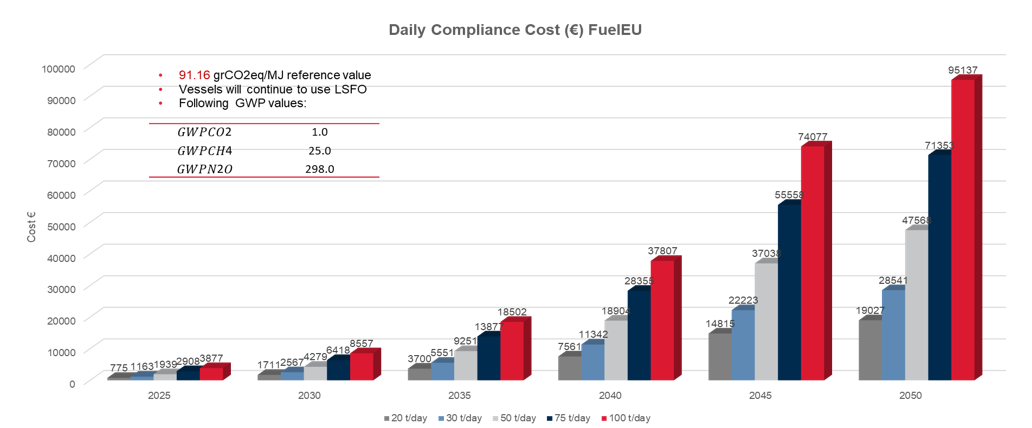
If a ship has a compliance deficit for two consecutive reporting periods or more, the remedial penalty will be increased by 10% every consecutive reporting period until the ship achieves a compliance surplus for the increase factor to reset.
What are the standard emission factors of fuel grades to be used?
The standard emission factors for different fuel types are contained in Annex II of the FuelEU Maritime Regulation (Regulation (EU) 2023/1805).
How is the penalty expected to be enforced over time?
Compliance with the FuelEU Maritime Regulation will be justified by a FuelEU document of compliance. By 30 June of the verification period, in the case that the ship does not have a compliance deficit, the verifier shall issue a FuelEU document of compliance, otherwise provided that the company has paid an amount equal to the FuelEU penalties the administering State shall issue a FuelEU document of compliance.
What is the impact of energy efficiency technologies in the FuelEU Maritime Regulation?
Energy efficiency technologies can assist in reducing onboard fuel consumption, which in the context of EU ETS has a direct effect on the compliance cost, as less fuel consumed results to less taxed emissions. The FuelEU Regulation is a technical measure, that targets the GHG intensity of the energy used onboard and not the amount of the energy or the fuel consumed. The only energy efficiency technology that directly impacts the GHG intensity of the energy used on board is the wind-assisted propulsion, however it shall be noted that in the case that the vessel’s GHG energy intensity is above the target, the remedial penalty that arises is proportional to the energy consumed on board, therefore less amount of non-compliant energy consumed results to lower remedial penalty.
What is the timeline for compliance?
Companies should be responsible for monitoring and reporting the amount and type of energy used on board by ships and document the method used in a monitoring plan. The plan, as well as the annual emission reports shall be submitted to and assessed by the verifier in accordance with the timeline indicated below:
Will renewable fuels be incentivized?
The production costs of RFNBO are currently much higher than the market price of conventional fuels. Therefore, two measures are provided to ensure the support for the uptake of sustainable RFNBOs.
1. A ‘multiplier’ until the end of 2033, allowing the energy from RFNBO to count twice
2. A sub-target of 2% RFNBO minimum use of the total yearly energy use by ship which shall apply as of 2034 if, the share of reported RFNBOs used by ships is less than 1% by 2031.
This combination of measures to support RFNBOs is intended to give ship operators and fuel suppliers a market signal for investment in this type of renewable, scalable and sustainable fuel. However as per Article 10.1(b), RFNBOs (and low/recycled carbon fuels) should meet the GHG emissions savings threshold set out in RED II Directive (at least 70% savings which correspond to max. 28.2 g CO2e/MJ WtW GHG intensity based on 94 gCO2e/MJ fossil fuel comparator), otherwise shall be considered as a fossil fuel.
Is there a benefit for using biofuels and biogas?
Biofuels and biogas can be used as a compliance option for the purposes of reducing the WtW average GHG intensity of the energy used on board for meeting the GHG intensity limits on a ship or pool level. However as per Article 10.1(a) biofuels and biogas should comply with the sustainability and GHG emissions saving criteria set out in RED II Directive and should not be produced from food and feed crops, otherwise shall be considered as a fossil fuel.
What about ‘Blue fuels’?
The FuelEU Maritime Regulation will also count the possible contributions from low-carbon synthetic fuels derived from low-carbon hydrogen, including or not Carbon Capture Systems. Eligibility of “blue fuels” (synthetic fuels derived from fossil-based hydrogen and CCS), is considered in Article 10(2) where it is stated that other than biofuels, biogas, RFNBOs or renewable/low carbon fuels, also fuels certified in accordance with the European Union legal acts concerning internal markets in renewable and natural gases and in hydrogen, establishing a GHG emissions savings threshold and an associated methodology to calculate GHG emissions from production of such fuels, will be eligible to contribute to the reduction of the GHG intensity of the energy used onboard. In addition to blue fuels, low-carbon synthetic fuels derived from nuclear electricity will be covered.
What is the impact of wind-assisted propulsion (WAP) on the GHG intensity of the energy used on board?
The impact of WAP on the GHG intensity of the energy used on board can be reflected via the factor fwind as per the GHG intensity formula in the FuelEU Regulation.

The fwind term is calculated in accordance with the PWind/PProp term and for no WAP installed is equal to 1 and the minimum value it can get is 0.95 as per the table below.
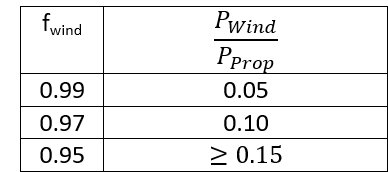
As per the definitions contained in the FuelEU Maritime Regulation the PWind and PProp values are calculated as:
- PWind is the available effective power of the wind-assisted propulsion systems and corresponds to feff * Peff as calculated in accordance with the 2021 guidance on treatment of innovative energy efficiency technologies for calculation and verification of the attained energy efficiency design index (EEDI) and energy efficiency existing ships design index (EEXI) (MEPC.1/Circ.896);
- PProp is the propulsion power of the ship and corresponds to PME as defined in the 2018 guidelines on the method of calculation of the attained EEDI for new ships (IMO resolution MEPC.364(79)) and the 2021 guidelines on the method of calculation of the attained EEXI (IMO resolution MEPC.333(76)). Where shaft motors are installed, PProp = PME + PPTI(i),shaft.
WAP can have a significantly positive impact on achieving compliance with the FuelEU Maritime Regulation, even for vessels using fossil fuels such as LFO or MDO/MGO. For example, a vessel that has WAP installed and an fwind factor equal to 0.97 can achieve compliance while still using LFO or MDO/MGO in the years 2025-2030 whereas a vessel with fwind equal to 0.95, can even offset another vessel with similar consumptions but with no WAP installed in a pooling arrangement.
The graph below shows the reduced daily compliance cost for a ship using LSFO fitted with a WAP with a reward factor fwind = 97%:
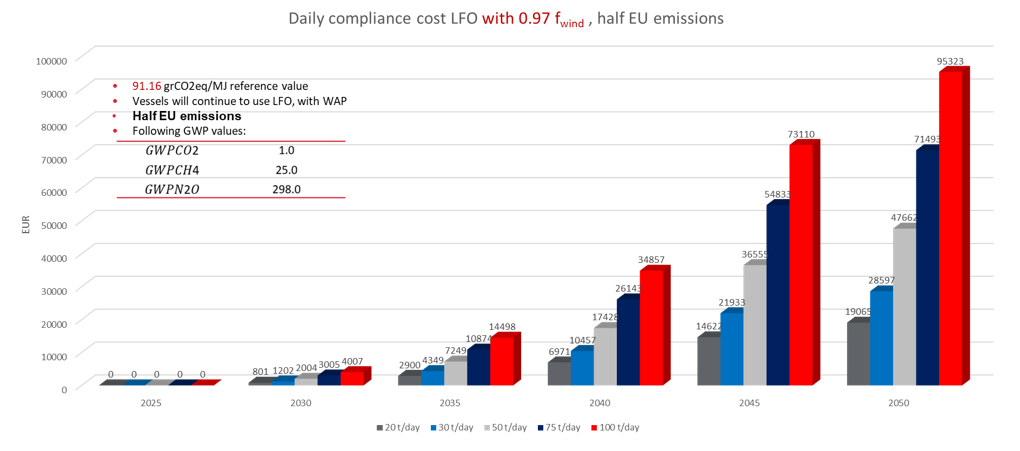
Does the FuelEU Maritime Regulation provide flexibility for compliance?
In the case that a ship has a compliance surplus, the company may ‘bank’ and use it for the same ship in the following reporting period. In a case where the vessel has a compliance deficit, the company may borrow an advance compliance surplus of the corresponding amount from the next reporting period. However, in the next reporting period, the borrowed compliance surplus must be multiplied by 1.1 and be subtracted from the same ship’s balance.
Furthermore, the compliance balance for GHG intensity and sub-target of RFNBOs can be pooled. Pools can consist of vessels of the same or different companies. Two different pools can be used for compliance with the GHG intensity target and RFNBOs sub-target. A pool is only possible if total pooled compliance is positive, ships that had a compliance deficit do not have a higher compliance deficit after the allocation of the pool or if ships that have a compliance surplus do not have a compliance deficit after the allocation of the pool.
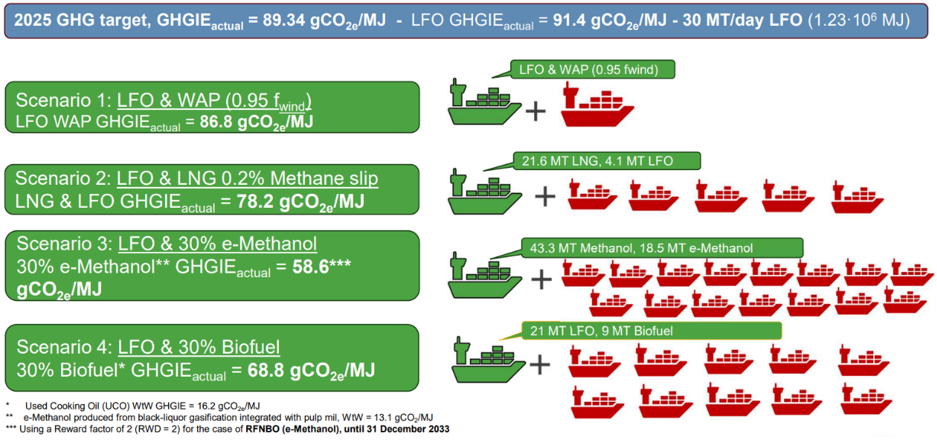
Is onboard carbon capture and storage mentioned?
Onboard carbon capture (OCC) is not yet specified in the Regulation, but Article 30.2.(i) provides that the Commission shall consider the possibility to include OCC, in the calculation of the GHG intensity of the energy used on board and of the compliance balance, subject to the availability of a verifiable method for monitoring and accounting of the captured carbon.










